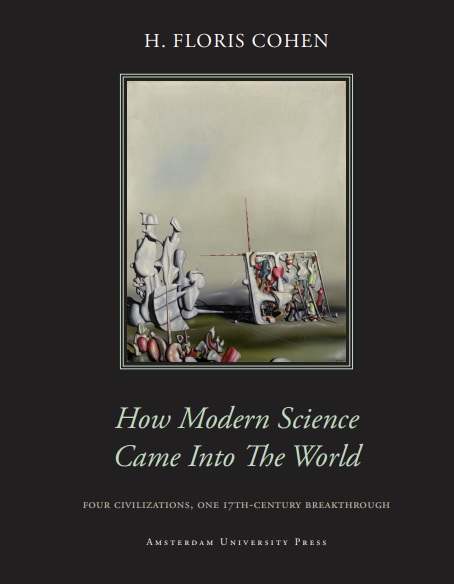How Modern Science Came Into The World
Editorial: Amsterdam University Press
Licencia: Creative Commons (by-nc-nd)
Autor(es): Floris, Hendrik
Once upon a time ‘the Scientific Revolution of the 17th century’ was an innovative and inspiring concept. It yielded what is still the master narrative of the rise of modern science. The narrative has meanwhile turned into a straitjacket – so often events and contexts just fail to fit in. In the classroom we make the best of the situation; in our researches most of us prefer just to drop the concept altogether, regarding it as beset by truly unmanageable complexity. And yet, neither the early, theory-centered historiography nor present-day contextual and practice-oriented approaches compel us to drop the concept altogether. Instead, in the present book I provide a narrative restructured from the ground up, by means of a comprehensive approach, sustained comparisons, and a tenacious search for underlying patterns.
Key to my analysis is a vision of the Scientific Revolution as made up of six distinct yet tightly interconnected revolutionary transformations, each of some twenty-five to thirty years’ duration. This vision equally enables me to explain how modern science could come about in Europe rather than in Greece, China, or the Islamic world.
[Amsterdam: 2010]
Compartir:
Una vez que el usuario haya visto al menos un documento, este fragmento será visible.


